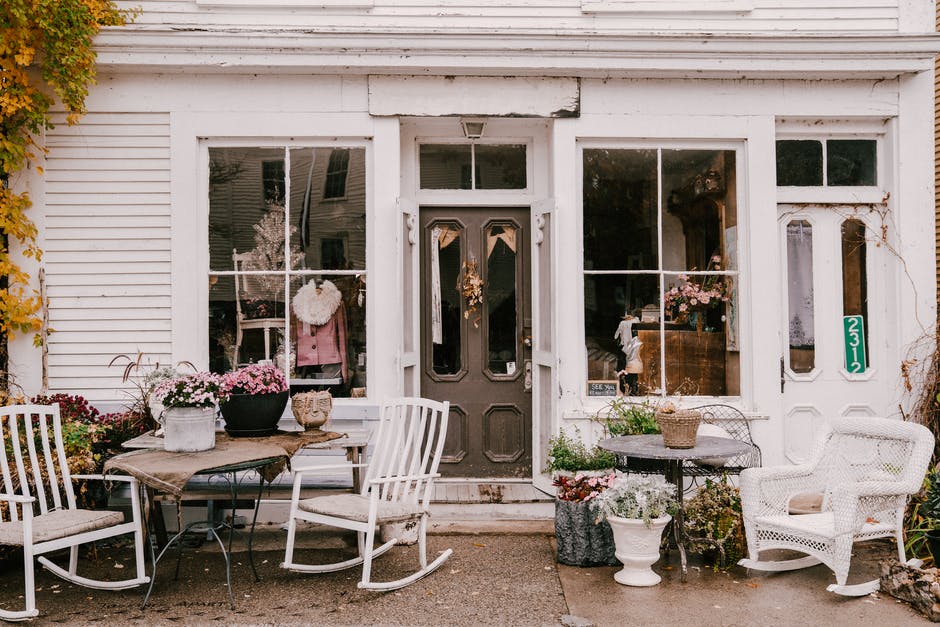UV light in moderation can help provide vitamin D and promote photosynthesis with plants. However, too much UV light can be destructive.
Overexposure to UV rays is notoriously linked to skin diseases, but it can damage household materials and property just as much as skin.
Wondering if your property is at risk? Here are some of the signs of UV damage to watch out for.
The Effects of UV Damage
Because UV rays are so intense, they strain the chemical bonds in regular materials. Various household items can sustain UV damage:
- Flooring
- Art
- Fabrics and textiles in furniture
UV rays have more concentrated energy. This powerful light causes the electrons in materials to separate from the atoms. In a word, this breakdown is known as ionization.
Flooring
Homeowners commonly see UV damage on their hardwood floors. Unfortunately, these are high-ticket features, so replacements can be costly.
UV rays can alter the natural color of your hardwood floors by bleaching them. However, some exotic woods interact differently with UV rays. Woods like hickory or maple typically bleach, but cherry wood can darken unnaturally. Yellowing can also occur on hardwood floors that contain oil-based materials.
Since wood is a central design feature for many homeowners, this unevenness can hurt the aesthetic value.
A common tactic to protect floors is to cover them with carpet. However, carpets can also highlight the uneven tone if it only covers part of the floor and exposes another part to UV rays.
Art
Compared to other property items, art can be more at risk of UV damage. Other items can be newly reinstalled, but art is often unreplaceable so that the damage may be irreparable.
UV rays can cause photographs to fade by disrupting the chemical bonds in the pigmentation. This process is known as photodegradation.
Paintings and drawings are also susceptible to chemical breakdown from intense UV rays.
The fabric on hanging tapestries can fade, especially if it’s a delicate fabric like silk.
Fabrics and Textiles
Because carpet is composed of fabrics, it can’t protect wood from UV rays without sustaining damage.
Chromophores give fabrics color, but they can warp under the extreme energy of UV rays. Many homeowners end up rotating their carpets to balance out the change in color.
On the other hand, couches and other indoor furniture aren’t as easy to rotate. Furniture with a lighter shade tends to fade more quickly than darker furniture.
Ready to Protect Your Home From UV Damage?
When you’ve got property that’s damaged by UV, it can be difficult to restore. Replacing materials can be costly, especially for high-ticket items like floors.
However, our coating services can help you keep your floors safe from irreparable UV damage. We specialize in protecting concrete floors for both indoor and outdoor spaces.
If you need repair for your floors or you want to protect them for the future, contact us today.

